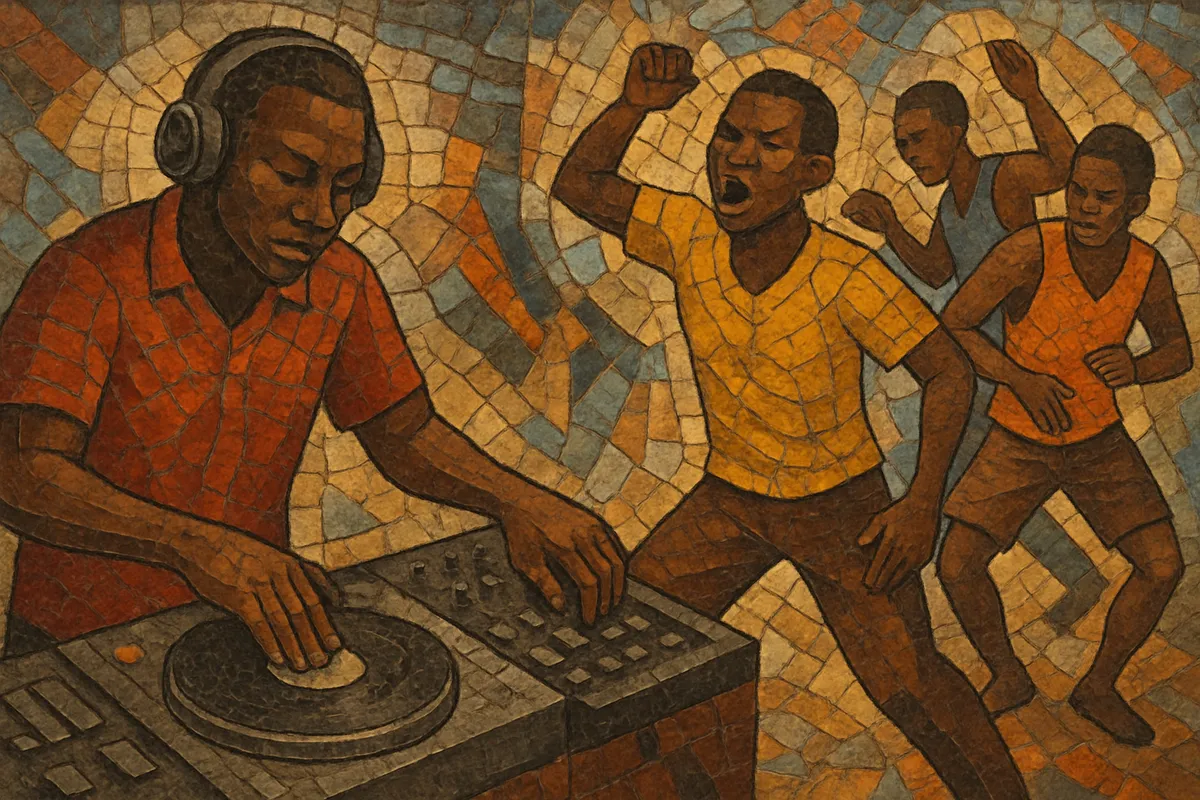
Ori deck is a DJ-led Ivorian club style that prioritizes hard, syncopated drum programming, looped vocal chants, and crowd‑moving breaks crafted directly on the decks. Producers and MCs build the music around dance cues, call‑and‑response hooks in Nouchi slang, and percussive hits designed for rapid routines on the floor.
The sound sits between the punchy drive of coupé-décalé and the rolling, bicycle‑wheel feel of Central and West African club rhythms. Its grooves are minimal but physical: thick kicks, bright claps, woodblocks and whistles, short riff‑like synth stabs, and a bass line that locks to the kick for maximum impact.
Ori deck emerged in Abidjan’s club and street‑party circuits in the 2010s as DJs pushed coupé‑décalé toward even more percussive, dance‑directive formats. Affordable controllers and CDJ setups (“decks”) let selectors sketch rhythms live, loop crowd chants, and crystallize short patterns into new tracks. The name reflects a DJ‑centric approach: the groove is conceived and proven on the deck before it becomes a song.
As the style took shape, producers leaned into sparse arrangements that left space for dance calls, handclaps, and whistle lines familiar from Ivorian party culture. Zouglou’s communal call‑and‑response and Congolese ndombolo’s forward‑leaning drive fed into the template, while the punch and build‑drop logic of contemporary Afro house provided club weight.
Social media dance clips, DJ edits, and WhatsApp/YouTube distribution spread ori deck quickly across francophone West Africa. Tracks are often released as performance‑ready edits with intro/outro tools, breakdowns tailored to specific dance moves, and MC tags that identify the DJ crew.
By the late 2010s and early 2020s, ori deck had become a recognized lane within Ivorian urban music, coexisting with coupé‑décalé and newer Afrobeats‑leaning sounds. It remains rooted in the dance floor: short, functional, high‑impact grooves built for immediate crowd response.

